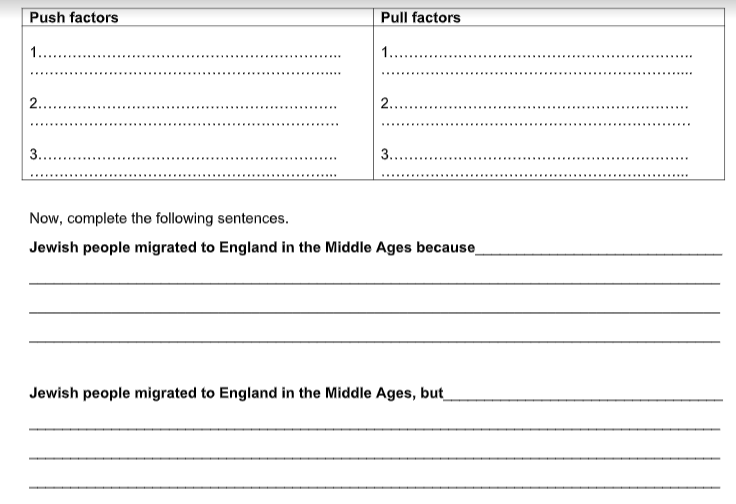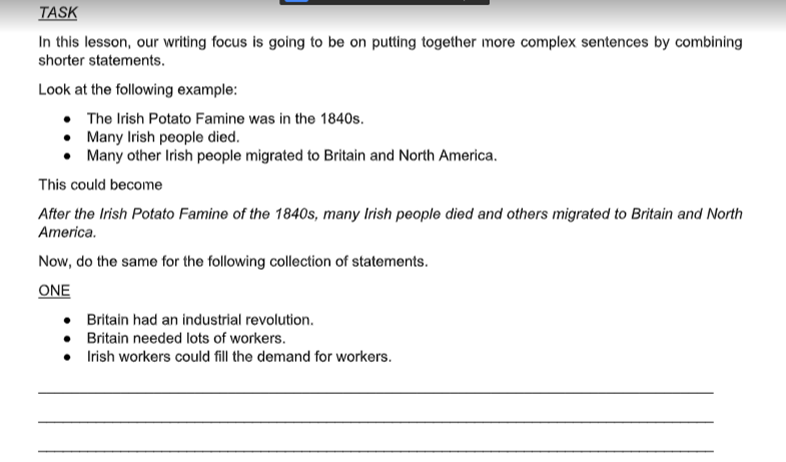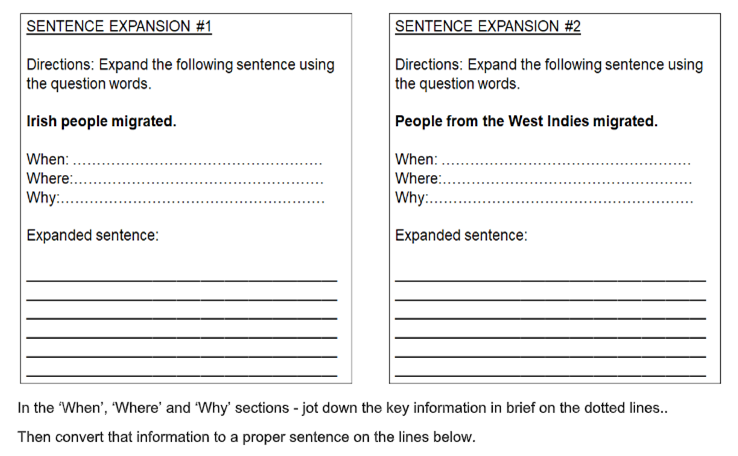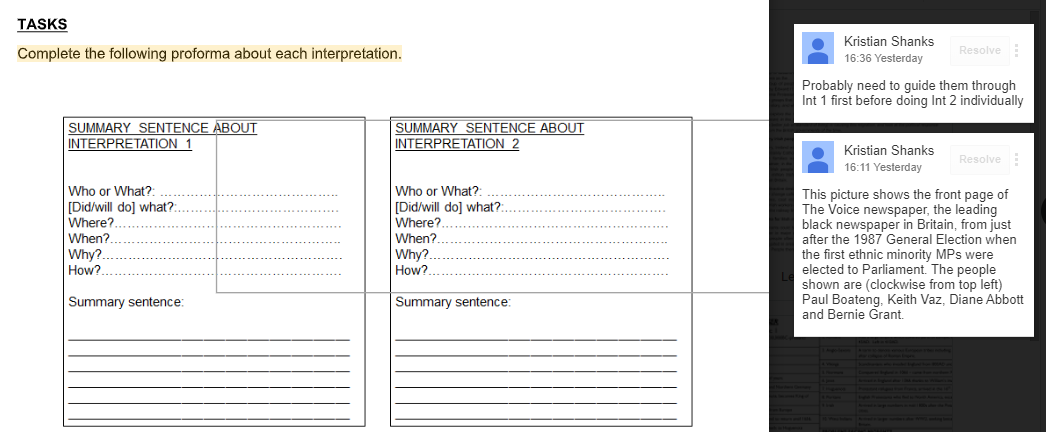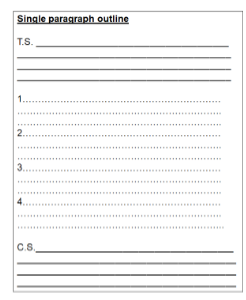OK - so here& #39;s a thread of how I& #39;m trying to implement @JudithCHochman ideas from The Writing Revolution into my year 7 lessons on migration through time. I blogged about it recently (see link at end) but thought it might be useful to talk through how it could look in a lesson.
So in the first lesson I& #39;m starting with fragments and asking the students, based on some reading on the Beachy Head Woman, to identify which of these are fragments or sentences and then improve them (turn frags into sentences, and/or punctuate the sentences).
After they& #39;ve studied a summary diagram of migration through time, then there& #39;s the first (but not the last) because, but, so activity to attempt. This is such a genius idea for a task as it gets them to manipulate information in different ways. Could be done with Y1 or Y13!
In lesson 2 they& #39;ll build on their knowledge of fragments by identifying from the text below and then correcting - this is from information on early humans and the Celts.
Later on when they look at Roman migration, they& #39;ll unscramble these sentences, based on text they& #39;ve just read, which is a task I used to do ages ago and Hochman recommends. Note how these literacy tasks also develop and reinforce content knowledge.
This is sentence combining - take three shorter sentences and turn them into one complex sentence. Another brilliant idea that progresses on from previous techniques.
This task from lesson 3 on migration 1066-1700, illustrates a key idea that again is simple but effective. Dotted lines for brief notes, proper lines for proper sentences.
Another sentence expansion task from Lesson 4 on Irish and Caribbean migration 1800-present - this time with a worked example and then the first of three for students to attempt themselves.
This is one of a number of the good templates. This is on sentence expansion using kernel sentences. Take a very short sentence and make it better using the proforma below. Note again the dots and the lines. Better than writing & #39;add more detail& #39; as a target.
This is a proforma for summarising - another thing I assume students can do but yet many really can& #39;t. I think I found it easier to assume they could do it because I didn& #39;t really know any ways to actually teach them to do it. This is based on two contrasting interpretations.
And then the Single Paragraph Outline. Here this builds them from writing sentences to paragraph. TS is topic sentence, CS is concluding sentence, and the supporting details go in the middle.
Here are some examples for Medicine intro lessons with Year 9, introducing the factors that cause change/continuity. This a worked example and shows how it leads to a proper paragraph. (Yes I& #39;ve used Comic Sans and feel dirty but what can you do).
It& #39;s such a good book. I need a knowledge organiser for myself to learn the key vocab about language and grammar - or maybe that spaced learning app that
@daisychristo talks about. Because I still need to check my subordinate conjunctions and appositives and so on.
@daisychristo talks about. Because I still need to check my subordinate conjunctions and appositives and so on.
God I haven& #39;t even mentioned appositives yet - that& #39;s an awesome little trick for history teachers to know about.
Anyway - this is a great book - get on it! My initial blog is here https://medium.com/@kristian.shanks/what-im-learning-from-reading-judith-hochman-and-natalie-wexler-s-the-writing-revolution-part-a8d74a16f003">https://medium.com/@kristian...

 Read on Twitter
Read on Twitter




